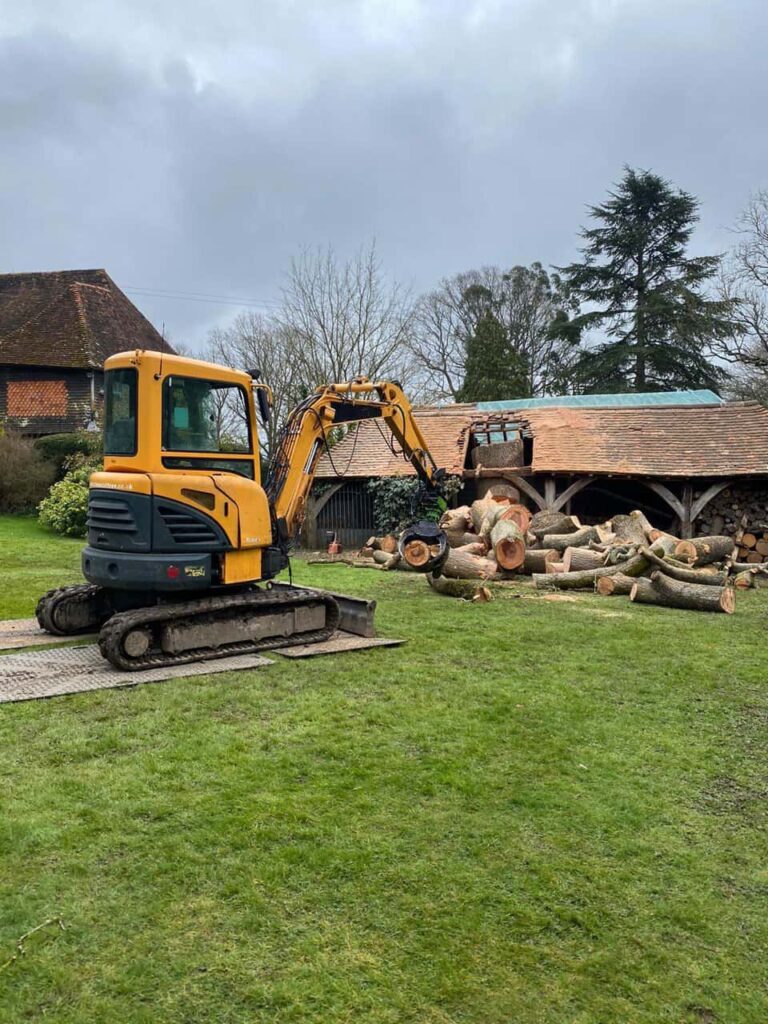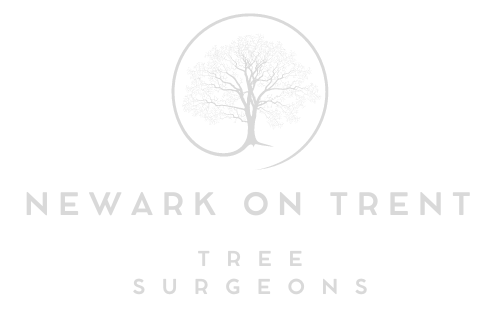Preserving Ancient Trees: Techniques for Longevity
Introduction: Ancient trees are living monuments, standing as witnesses to the passage of time and the history of our landscapes. Preserving these majestic giants is a testament to our environmental stewardship and a vital step in maintaining biodiversity. In this blog post, we’ll delve into the techniques used by tree surgeons to ensure the longevity of ancient trees.
The Value of Ancient Trees
Ancient trees are more than just a part of the scenery; they are biodiversity hotspots and living records of our natural history. These trees provide:
Habitat: Ancient trees support many wildlife, from birds and insects to fungi and lichen. Their hollows, crevices, and decaying wood are critical habitats.
Biodiversity: The unique microenvironments created by ancient trees foster biodiversity, making them hubs for various species.
Carbon Storage: Mature trees are efficient carbon sinks, playing a role in mitigating climate change.
Challenges to Ancient Trees
While ancient trees are hardy, they face various challenges that can threaten their longevity:
Disease: Like all trees, ancient trees are susceptible to diseases and pests that can weaken or kill them.
Structural Issues: Over time, ancient trees may develop structural problems that require attention.
Human Impact: Urban development, pollution, and physical damage can harm ancient trees.
Techniques for Longevity
Tree surgeons employ a range of techniques to preserve ancient trees:
Regular Pruning: Pruning removes dead or diseased branches, reducing the risk of disease spread and improving tree stability.
Crown Thinning: This technique removes some branches selectively to reduce wind resistance, improving the tree’s overall health and longevity.
Crown Reduction: Reducing the size of a tree’s crown can help manage structural issues and minimise risk during storms.
Pest and Disease Management: Arborists are skilled in identifying and treating tree diseases and infestations, ensuring early intervention and recovery.
Bracing and Cabling: Structural support systems like braces and cables can help strengthen weak or vulnerable branches, preventing potential failures.
Soil Care: Proper soil management, including mulching and aeration, supports the tree’s root system and overall health.
Fertilisation: Fertilisation can provide essential nutrients that ancient trees may lack due to age.
Community Involvement
Preserving ancient trees often involves collaboration between tree surgeons, local communities, and conservation organisations. Community awareness and involvement are crucial in protecting these natural treasures. Arborists may engage in educational outreach to foster appreciation and understanding of the value of ancient trees.
Conclusion: Ancient trees are living relics that deserve our respect and protection. By employing expert techniques and involving local communities, tree surgeons at Newark on Trent Tree Surgeons ensure the longevity of these natural wonders. Preserving ancient trees enriches our landscapes and sustains the vital ecosystems they support, allowing future generations to marvel at their majesty.
Call us on: 01636 556 296
Click here to find out more about Newark on Trent Tree Surgeons
Click here to complete our contact form and see how we can help with your tree’s needs.

